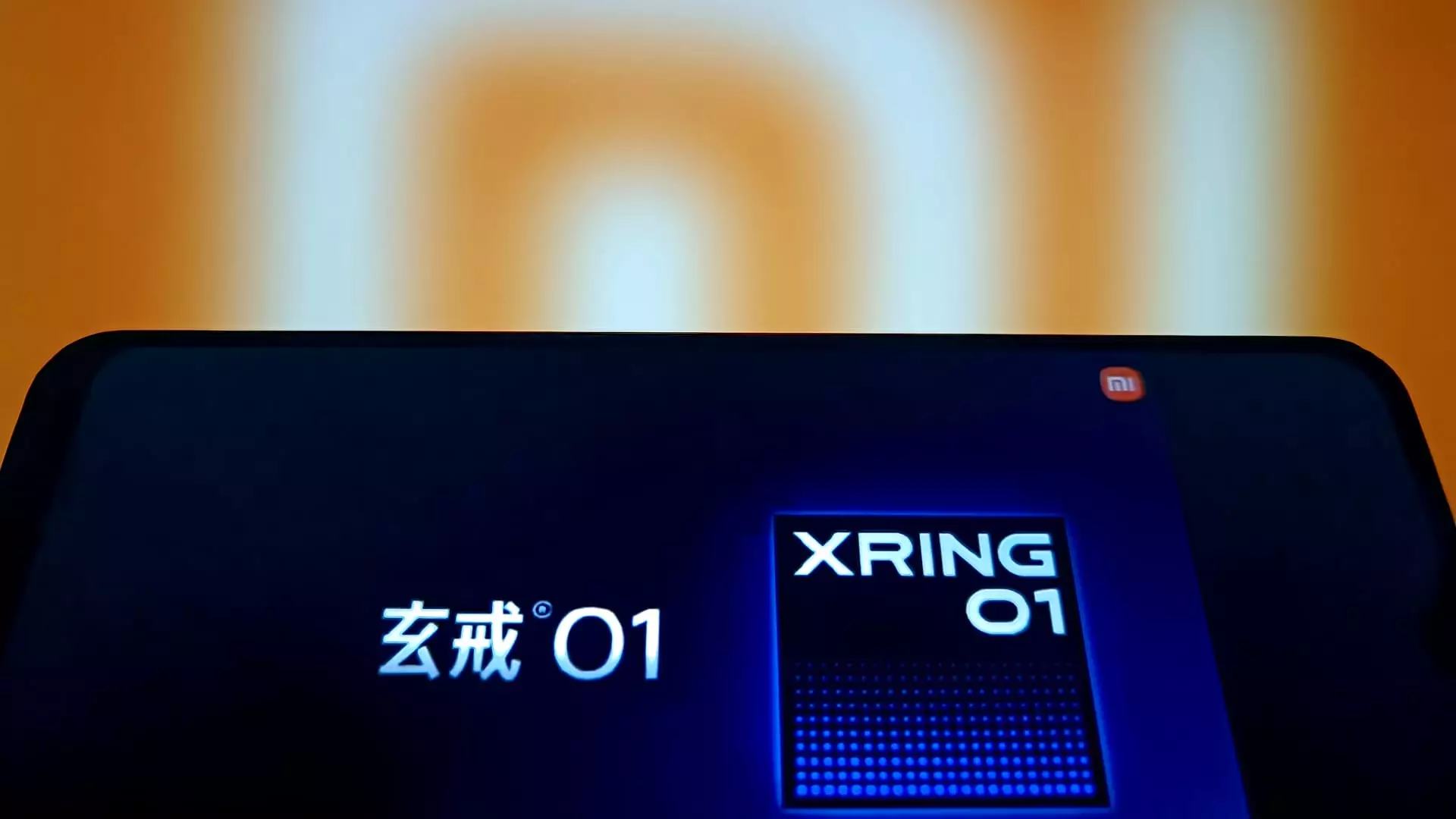In a competitive landscape defined by luxury and exclusivity, Xiaomi has taken a brave step to challenge Apple’s dominance with an audacious pricing strategy. The launch of the Xiaomi 15S Pro, starting at a jaw-dropping 5,499 yuan (around $764), shifts the narrative from sheer technology to affordability. While Apple entrenches itself with its iPhone 16 Pro priced at 7,999 yuan and the luxurious Pro Max at 9,999 yuan, Xiaomi’s pricing not only makes its devices more accessible but also positions it as a formidable rival in the smartphone market.
This strategy cleverly sidesteps the barriers often imposed by financial powerhouses like Apple, who have carved out a niche through their premium pricing and marketing. With the Chinese government’s subsidies, Xiaomi sweetens the pot even further, suggesting to consumers that high performance doesn’t have to come at a steep price. This approach encapsulates a broader trend where value overtakes prestige, making Xiaomi’s model admirable and intriguing for the consumer class craving high-spec technology without the premium pricetag.
Technological Bravado: The Xring O1 Chip
One of the standout features of Xiaomi’s latest smartphone is the introduction of its cutting-edge Xring O1 chip. Xiaomi’s CEO Lei Jun claims that this new processor offers impressive capabilities that even outperform Apple’s A18 Pro in certain respects. However, these assertions can be met with skepticism, particularly since independent verification is lacking. In an industry where marketing often overshadows reality, the emphasis should ideally be placed on tangible user experiences rather than corporate bravado.
Nonetheless, the very existence of the Xring O1 illustrates Xiaomi’s commitment to investing billions into R&D. The company’s promise to allocate 200 billion yuan over the next five years signals a long-term vision that could shift industry dynamics, especially in chip manufacturing. As China grapples with U.S.-imposed restrictions on semiconductor technology, Xiaomi’s move to develop its own chips may signal a form of strategic independence, a key for any tech company looking to thrive under challenging geopolitical conditions.
A Strategic Consolidation into Automotive
Xiaomi’s ambitions reach beyond smartphones, having already ventured into electric vehicles with the launch of the SU7 sedan. Allegedly priced around $4,000 less than Tesla’s Model 3, this aggressive pricing strategy mirrors the approach taken with its smartphones, aiming to disrupt another market saturated with established players. It’s a masterstroke that positions Xiaomi as not just a smartphone manufacturer but a holistic tech company with fangs in multiple industries.
The challenge, however, will be maintaining quality and reliability—a common pitfall for companies racing to cut costs. The tragic accident of an SU7 vehicle, resulting in three fatalities, has drawn attention to the importance of transparency and consumer safety in advertising. As a society, we have a responsibility to scrutinize how companies market cutting-edge technology—beyond just the promotional images and flashy features.
Ambitions Beyond Borders
Xiaomi’s international sales accounted for nearly 42% of total revenue last year, demonstrating that the brand is not merely a local phenomenon but is steadily capturing global markets. This globalization ambition is vital for Xiaomi, especially in light of domestic competition. As the competition heats up, their success internationally may hinge on how well Xiaomi adapts its products to different markets while maintaining its value proposition.
The path is fraught with challenges; rival companies are equally aggressive about expansion. Therefore, to maintain this momentum, Xiaomi must not only innovate but also communicate effectively with diverse consumer bases across geographical boundaries. The global tech scene thrives on adaptability, and Xiaomi must showcase a keen understanding of both regional preferences and cultural nuances.
An Expansive Outlook on Growth
With predictions of 30% revenue growth this year and a significant budget allocated for chip development, Xiaomi is painting a picture of growth that is ambitious, to say the least. As they shift focus from merely being a budget competitor to an innovator in the tech space, their role in the industry could evolve dramatically.
Yet, over-reliance on subsidies and aggressive pricing must be delicately balanced with ensuring product quality and innovative prowess. As consumers, we should support and encourage companies that strive for competitive excellence while remaining conscious of ethical marketing practices and consumer safety. Ultimately, the smartphone war offers not just an economic battle but an opportunity for agile companies like Xiaomi to redefine what consumers should expect from their technology.

